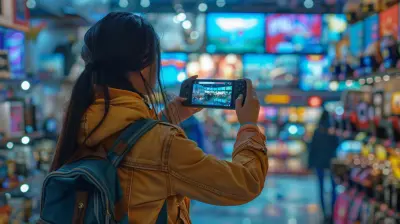Interactive Storytelling Meets VR: A New Era of Immersive Narratives
19 August 2025
When was the last time a story completely sucked you in? You know, the kind where you lose track of time, feel what the characters feel, and maybe even sit back at the end thinking, "Whoa... that was intense." Now, imagine that level of emotional and psychological impact, except you're not just reading or watching—you're inside the story. You’re walking through it, making decisions, talking to characters, and shaping the world as you go.
Welcome to the wild, exhilarating fusion of interactive storytelling and virtual reality (VR). This isn’t just the future of gaming—it’s the future of storytelling as a whole. Let’s break it down and dive deep into what makes this new era so revolutionary.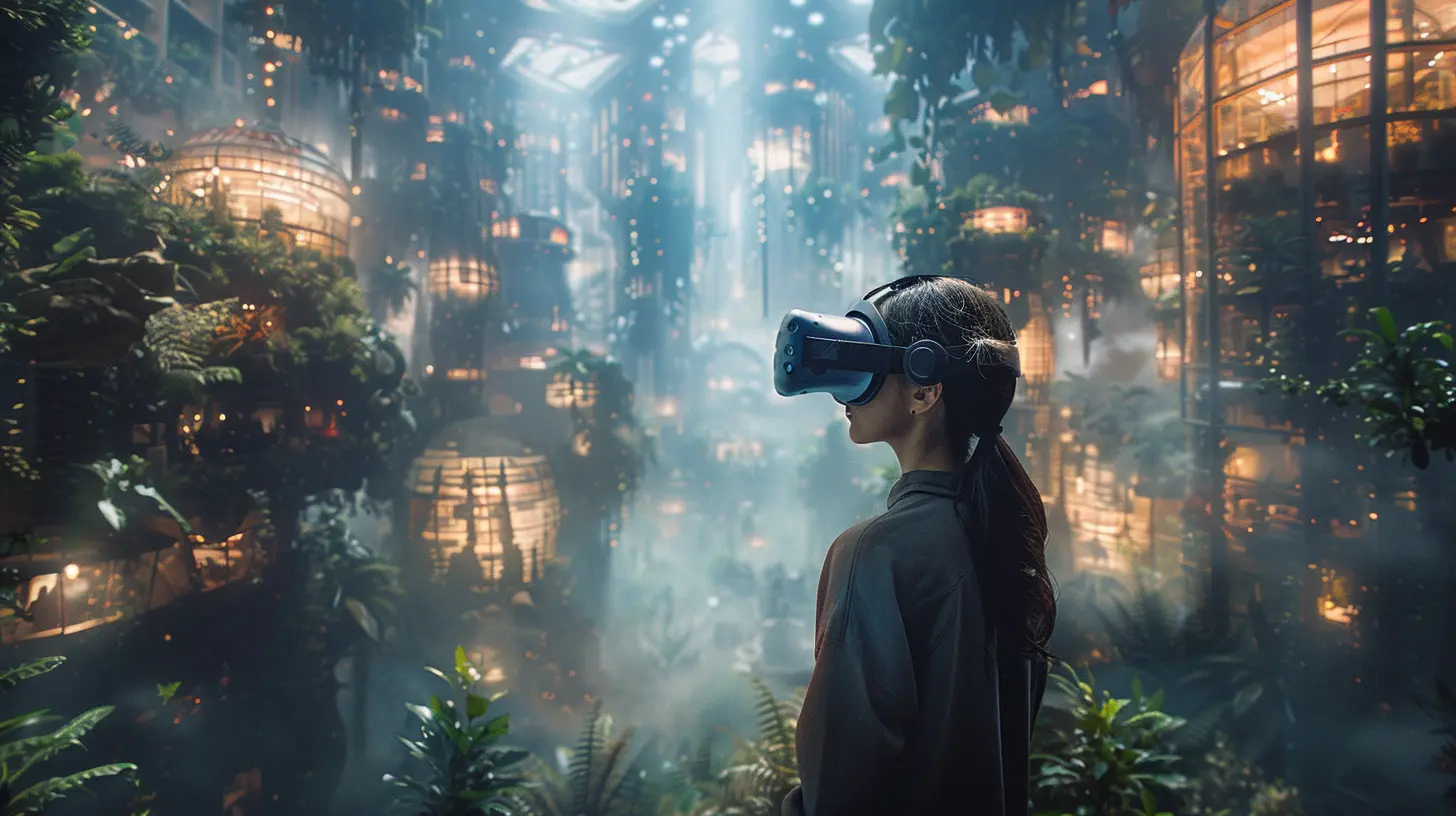
What is Interactive Storytelling, Anyway?
Before we throw "VR" into the mix, we need to understand what interactive storytelling stands for. Think of it as a choose-your-own-adventure book—but way smarter, deeper, and responsive. You, as the player (or participant), aren’t just guiding a character. You’re actively influencing the narrative in real time.You’ve probably seen it in action in games like Detroit: Become Human, Until Dawn, or Life is Strange. Your choices matter. The story adjusts, offering multiple paths and endings based on what you do. In a way, you're both the audience and the co-author.
Now, throw VR into that mix, and you're not just guiding the protagonist—you become the protagonist.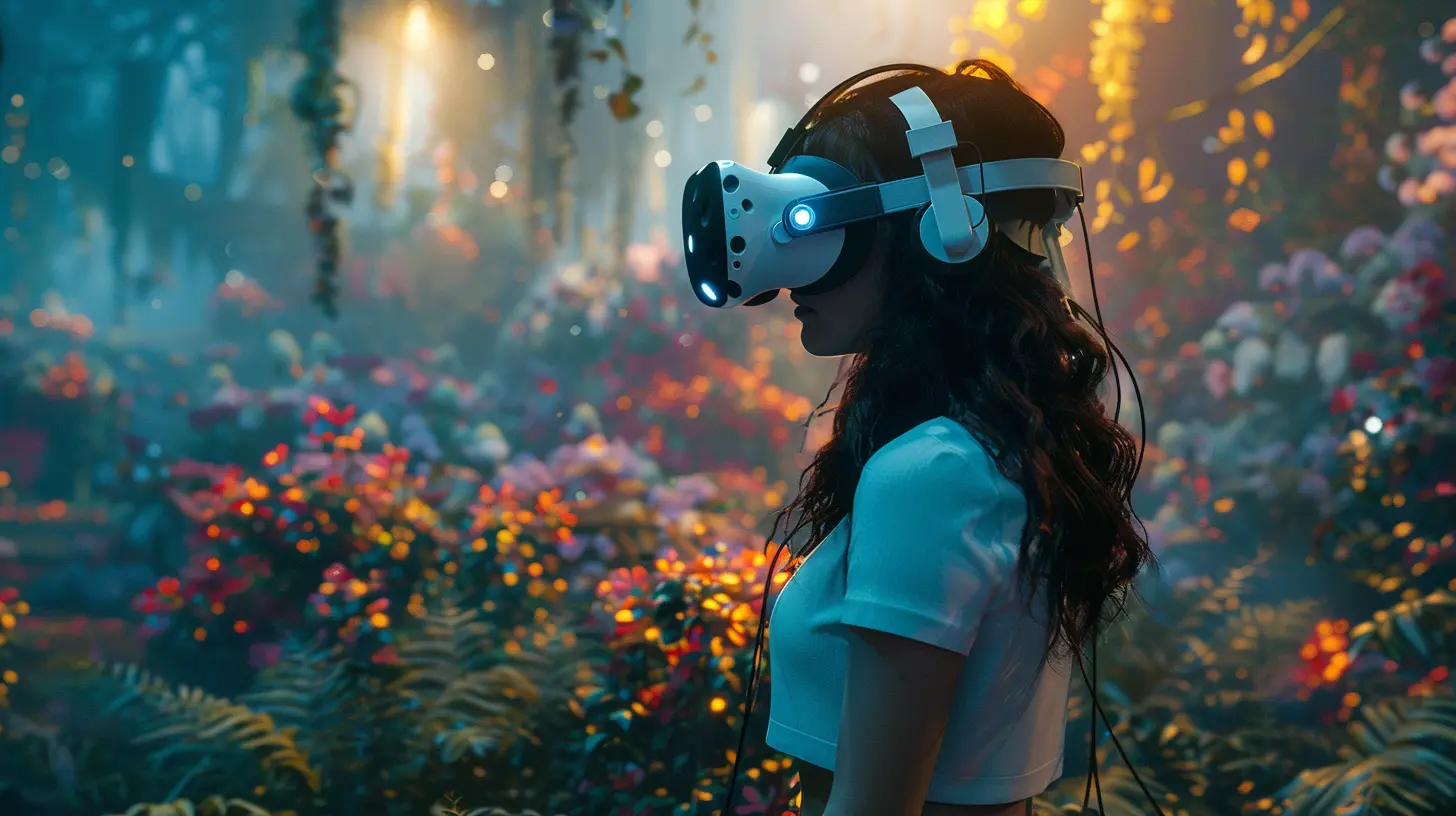
VR: The Game-Changing Medium
VR isn't just a buzzword anymore. It has transitioned from a futuristic fantasy to a full-blown storytelling powerhouse. With devices like Oculus Quest 2, PlayStation VR2, and HTC Vive, diving into another universe is literally just a headset away.But what makes VR so damn special compared to traditional media?
1. Total Immersion
Flat screens create a window into the world. VR drops you right inside it. Whether you're walking through a haunted mansion, navigating a dystopian city, or standing atop a snowy mountain talking to an ancient spirit, you're fully surrounded. It’s like teleporting into a book.2. Physical Engagement
Unlike watching a movie or playing a standard game, VR often demands movement—turning your head, reaching out, walking around. This physical aspect tricks your brain just enough to blur lines between what’s virtual and what’s real.3. Emotional Connection
When the story is happening all around you, your emotional investment skyrockets. You don’t just watch a friend die—you try to save them. You don’t read about a disaster—you’re running from it. It’s personal.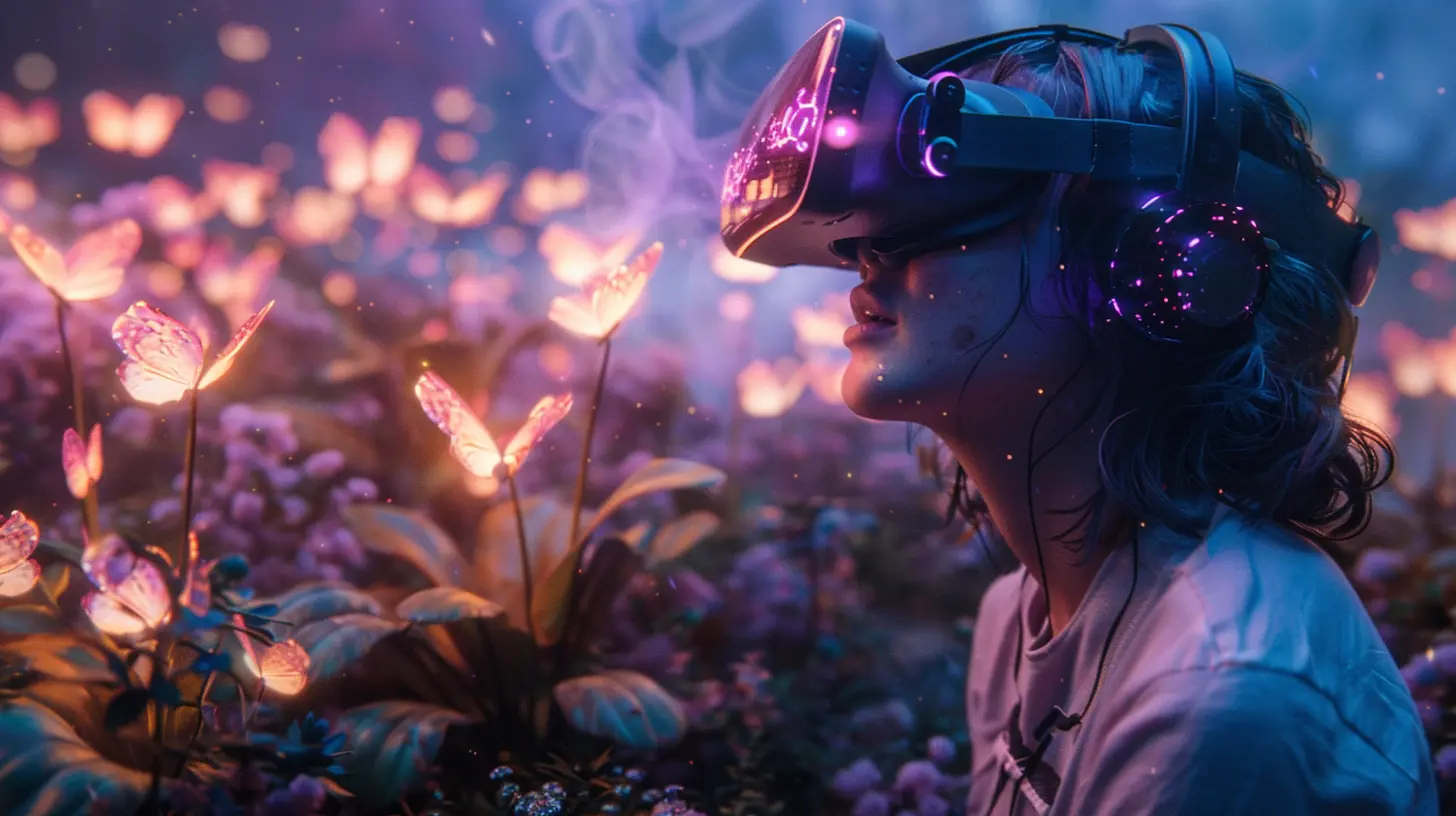
The Perfect Marriage: Interactive Storytelling + VR
So, why is the combo of these two technologies creating such a buzz?Imagine playing an interactive drama like The Walking Dead: Saints & Sinners—only instead of selecting dialogue choices on a screen, you’re making eye contact with characters, using your voice to talk, and physically handing them items. That’s the kind of next-level experience we’re talking about.
Here’s what makes this combo a match made in virtual heaven:
1. You’re Not Just Watching—You’re Living It
In traditional games, you’re an outsider controlling a character. In interactive VR experiences, you are the character. Your decisions carry real weight because you’re experiencing the consequences firsthand.2. Dynamic Worlds That Respond to You
Thanks to powerful AI and narrative engines, characters and environments in VR can now respond to your actions in real time. Say the wrong thing, and someone might get angry—or worse. Help a stranger, and they might become your ally later. It’s a living, breathing story space.3. Personalized Experiences
Every playthrough is different. Your personality, decisions, and even how you physically interact with the game world can shape the story. You and your friend might play the same VR game and end up with totally different experiences.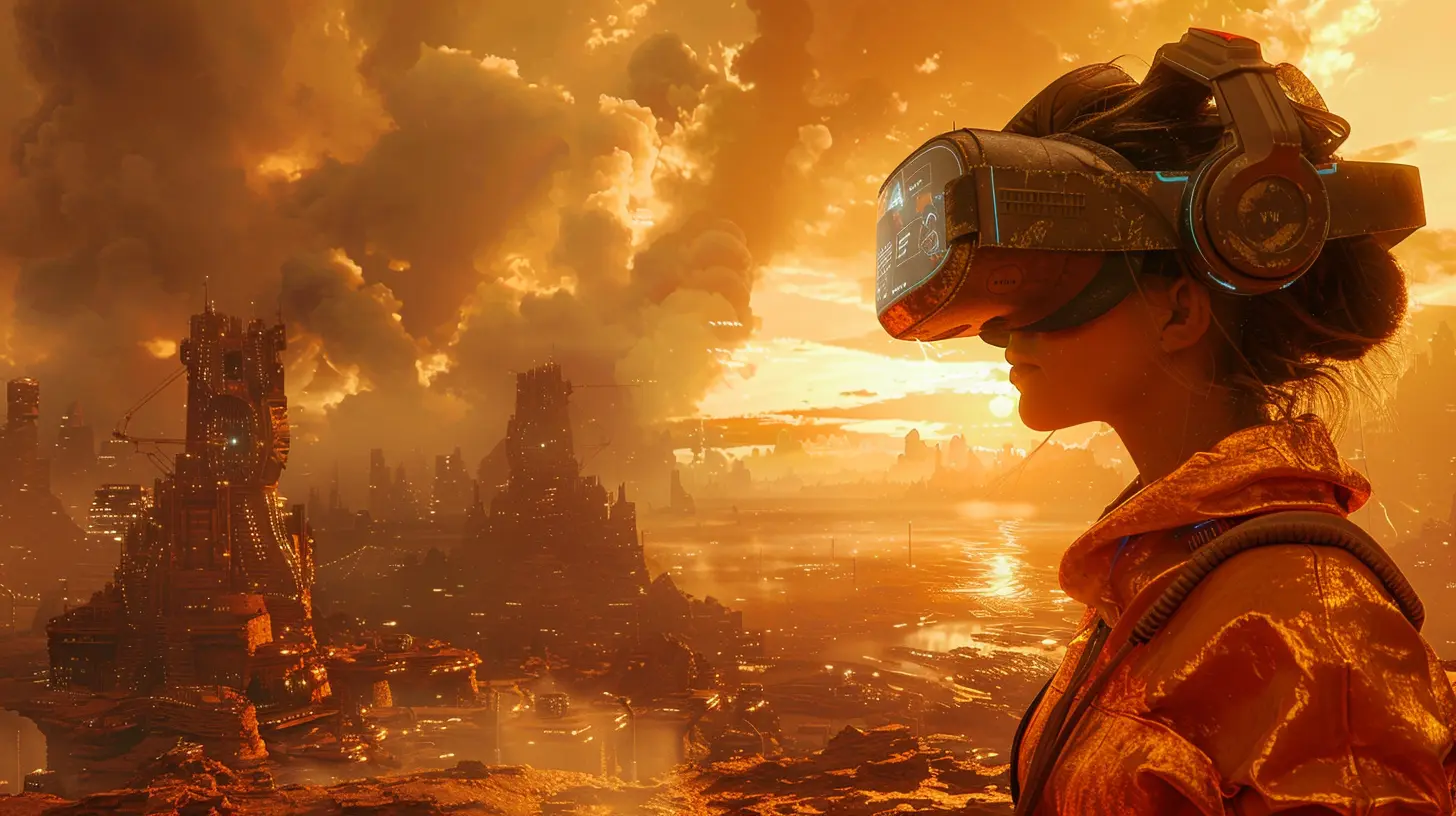
The Rise of Narrative-Driven VR Games
Let’s spotlight some of the trailblazing games that are already showing us what’s possible.1. Half-Life: Alyx
Sure, it’s a shooter at its core, but Valve packed it with storytelling that keeps the heart racing. You feel the dread of the alien world not just through story beats, but in how it physically surrounds and threatens you.2. The Walking Dead: Saints & Sinners
This one nails interactive storytelling with moral choices. Do you help people, even if it puts you at risk? Every decision has consequences, and it feels real because you’re the one making them with your own hands—literally.3. Vader Immortal
Ever wanted to swing a lightsaber and confront Darth Vader face-to-face? This episodic VR series places you in the heart of Star Wars lore, blending lightsaber battles with deep story moments.These titles aren't just games—they're experiences. And that’s a big leap forward.
Storytelling Mechanics in VR: How It All Works
If you're wondering how developers manage to craft such rich, branching narratives in VR, here’s a peek behind the curtain.1. Adaptive Scripts
Writers no longer work with linear scripts. They develop branching story trees where each decision can lead to multiple outcomes. This requires insane levels of planning, but the payoff? Utterly personalized journeys.2. Interactive Environments
Your environment isn't just a backdrop. It’s a part of the story. Pick up objects, open doors, trigger memories—these are all storytelling tools when used correctly in VR.3. Voice Recognition & AI
Some next-gen VR experiences are exploring voice interactivity. That means you speak naturally to an NPC, and they respond in character. Feeling like you're talking to a real person? That’s immersion on steroids.The Challenges Holding VR Storytelling Back
It’s not all sunshine and rainbows just yet. This technology, as exciting as it is, still faces hurdles.1. Accessibility & Cost
Let’s face it—not everyone owns a VR headset. And even the cheapest quality setups still cost a good chunk of change.2. Player Comfort
Motion sickness is real. Not every player can handle being in a virtual world for long periods. Developers are constantly working on movement mechanics that reduce nausea, but it’s a work-in-progress.3. Writing for VR is Hard
Crafting a good story is already tough. Writing one where the player can go anywhere, do anything, and still make it coherent? That’s next-level difficult. VR storytellers are basically writing several mini-movies at once.The Future: What’s Next for Immersive Narratives?
The lines between game, film, and book are blurring fast. So what’s next in this hybrid narrative playground?1. AI-Driven Dynamic Storytelling
Imagine a VR world where the story is generated in real-time based on your personality and past actions. No two players would ever see the same plot. Thanks to AI, this isn’t just a pipe dream anymore—it’s already in the early stages.2. Full Body Tracking & Haptics
With suits and gloves that track every movement or simulate touch, your immersion level skyrockets. Hug a loved one. Feel a raindrop. Interact like you do in real life. That’s where we’re headed.3. Cross-Media Integration
Movies and TV shows might one day launch interactive VR spin-offs or full-blown experiences. Think of watching a season finale, then stepping into that world to explore what happens next, on your own terms.Why This Matters Beyond Gaming
You may think this revolution is only for gamers, but the impact stretches way beyond that. Think education, therapy, training, and even journalism.- Imagine teaching history by placing students inside the trenches of WWI.
- Help trauma patients relive and reframe experiences through guided VR therapy.
- Let people experience real-world stories through immersive news reporting.
VR storytelling isn’t just fun—it’s powerful.
So, Where Do You Fit In?
Here’s the thing: We’re witnessing the birth of an entirely new storytelling language. It's like the leap from silent films to talkies, or black-and-white to color. If you're a gamer, writer, dev, or even just a curious soul, this is your chance to not just watch stories evolve—but shape them.Want to be the hero of your own tale? Want to create worlds that people feel as much as they see? This is your moment.
Final Thoughts
Interactive storytelling and VR are flipping the script—literally. They’re turning passive viewers into active participants, and linear plots into branching forests of possibility. The fusion of these two fields isn’t just a trend—it’s a revolution. And it’s only just getting started.So strap on that headset, pick up that controller (or don’t), and step into a world where you write the story with every choice, every whisper, and every breath.
all images in this post were generated using AI tools
Category:
Interactive StorytellingAuthor:

Kaitlyn Pace
Discussion
rate this article
1 comments
Malia McVicar
This article beautifully captures the excitement of merging interactive storytelling with VR. It’s inspiring to see how technology enriches narratives, inviting us to experience tales in ways we've never imagined!
September 6, 2025 at 2:49 AM

Kaitlyn Pace
Thank you for your kind words! I'm glad you found the article inspiring—it's an exciting time for storytelling in VR!

